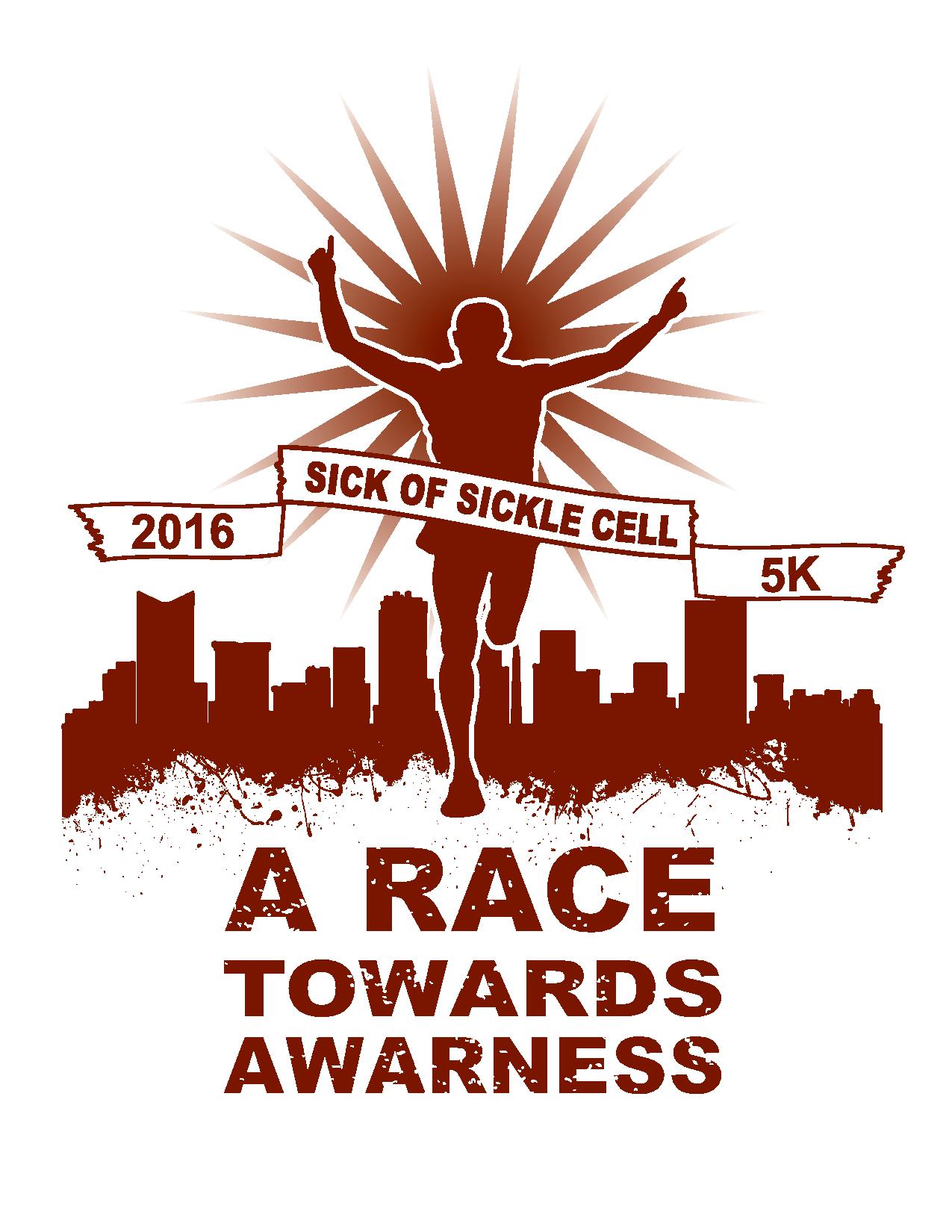Athletes with sickle cell disease (SCD) navigate a unique labyrinth in the realm of sports—one that juxtaposes the ardent desire for excellence against the constraints imposed by their condition. Sickle cell disease, a genetic disorder characterized by the distortion of red blood cells into a crescent shape, leads to various complications such as anemia, pain crises, and increased susceptibility to infections. How, then, do these athletes thrive on the field, transforming presumed limitations into opportunities for triumph? This exploration adopts a cultural relativism perspective, urging an appreciation for diverse experiences and the intricate tapestry of resilience among athletes with SCD.
The metaphor of the phoenix rising from the ashes aptly encapsulates the indomitable spirit of those with sickle cell disease. Just as the mythical bird transforms adversity into resilience, so too do these athletes leverage their condition to cultivate ambition and perseverance. This phenomenon is evident in the narratives of exceptional sports figures who not only excel but redefine what it means to be an athlete in the face of a chronic illness.
Understanding the realities of sickle cell disease requires an empathetic lens. Cultural relativism posits that each society must be understood in its own context, including the frameworks within which people view health, disability, and athleticism. Individuals with SCD often encounter a milieu that can be both supportive and prejudiced. Education about the disease and its implications for physical exertion is sometimes scant, leading to misunderstandings about the capabilities of these athletes. Thus, fostering a culture of awareness becomes crucial—one where ancient wisdom and modern knowledge converge to stimulate acceptance and understanding.
The training regimes adopted by athletes with sickle cell disease diverge significantly from conventional methods, echoing the ancient Greek ethos of “mens sana in corpore sano” (a sound mind in a sound body). These athletes meticulously curate their physical activities, recognizing the fine line between pushing limits and heeding their bodies’ signals. Periodization, tailored rest, and hydration become pivotal in their training regimens. The story of Adam T, a renowned sprinter, illustrates this approach. His journey underscores the importance of balancing rigorous training with attentive self-care. Each stride he takes encapsulates an intricate dance between ambition and prudence.
However, it is not only physical prowess that delineates these athletes; their mental fortitude is equally commendable. Mental health is an often-overlooked facet in the discourse surrounding athletes with debilitating conditions. The constant pressure to perform, compounded by potential health complications, demands a robust psychological framework. Techniques such as cognitive behavioral therapy (CBT) and mindfulness have garnered attention as they aid athletes in navigating the mental labyrinth of competition. Engaging in self-reflection, they foster a profound understanding of their personal boundaries—an acknowledgment that the body, while a vessel of dreams, also requires compassion.
Furthermore, the narratives of athletes with sickle cell disease enrich the cultural fabric of sports. They offer a counter-narrative to the dominant discourse that often romanticizes the archetype of the tireless, invincible athlete. The agonistic struggle becomes a shared experience, paving the way for new dialogues surrounding health, identity, and athleticism. Their achievements resonate with cultural segments that appreciate resilience born from adversity. This offers an opportunity for them to serve as mentors and educators, illuminating the paths for younger generations facing similar health challenges. In this light, the athletes redefine their roles—not merely as competitors but as advocates and changemakers.
As we delve deeper into the world of athletes confronting sickle cell disease, it is pertinent to highlight the importance of community support. Solidarity emerges as a powerful force, akin to a symbiotic relationship between the athlete and their supporters. This intricate network fuels hope and fosters resilience. Support systems, which may include coaches, family, and fellow athletes, act as the lifeblood that nourishes aspirations. Such communities operate under a shared ethos—the understanding that triumph extends beyond individual accolades; it encompasses collective strength, illustrating the fundamental principle of cultural relativism.
The essence of competition for athletes with sickle cell disease significantly embodies the philosophy of play. It is an arena where victories are steeped in personal meaning rather than absolute performance metrics. Each competition serves as a tableau vivante, showcasing the blend of vulnerability and strength that delineates their avant-garde journey. Rather than mere participation, these athletes demonstrate a profound commitment to redefining norms—a testament to the varying definitions of success influenced by cultural perspectives.
In conclusion, the narratives of athletes with sickle cell disease implore us to re-evaluate our perceptions of athleticism through a lens molded by cultural relativism. Their triumphs illuminate the myriad pathways to success, extending beyond conventional paradigms. By embracing their stories and recognizing the multifaceted nature of their journeys, society not only fosters acceptance but also enriches the collective narrative of what it means to compete and thrive. In celebrating their accomplishments, we honor the resilience of the human spirit, recognizing that within each struggle lies the potential for extraordinary transformation.
